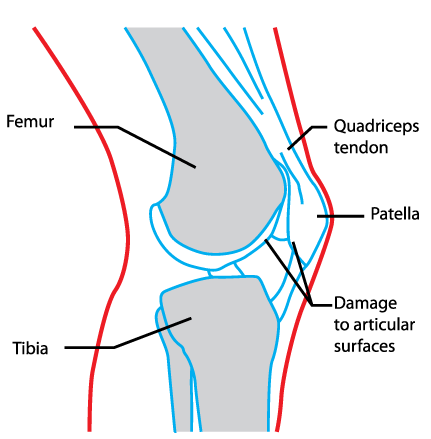In early 2019 Cristiani et al published an article showing < 20% of patients met rehabilitation goals of having > 90% limb symmetry in strength (isokinetic quads and hamstrings at 90deg/sec) and single hop for distance tests at 6 months post-op.
This study had a very large sample size (4093 patients), comprising 45.7% females, with a mean age of 28 years (+/-10 years). 86.5% of participants completed the full test battery at 6 months post-op.







